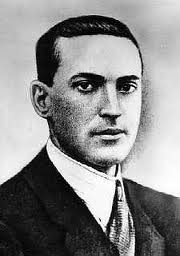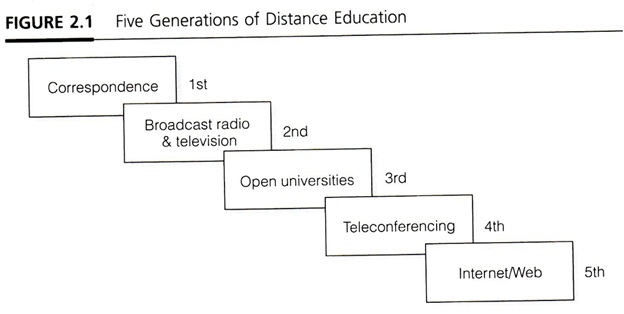“As one might expect, aligning training initiatives with strategic business initiatives is imperative” (Berge & Donaldson, 2008). This brought me back to Wick, Pollock, and Jefferson (2010) who write that “Business leaders want learning professionals…who understand their specific business, who can clearly and succinctly explain the business model of their company or division and its more important business drivers and challenges” (p. 31).
6Ds encompasses a set of tools and philosophy of partnering with business subject matter experts to develop effective learning solutions (Wick et al., 2010). 6Ds to me is like ADDIE on steroids. You are defining not just the learning solution. You are articulating the concrete outcomes that the business expects as well as how improved performance as part of participation will be measured (Wick et al., 2010). 6Ds also redefines participation to include not just the design/delivery of events or courses but also what should happen prior to and afterwards (Wick et al., 2010). Prior to participation in the training, we need involve the learner’s management and the learner’s themselves to set the stage for success. Afterward, we need to provide performance support tools to help learners take the training out of the classroom and apply it to their jobs (Wick et al., 2010). One final thought: “To date, companies around the world have been able to demonstrate that adding a transfer management system to a learning or development program enhances participants’ efforts to use what they learned, facilitates interactions with their managers, accelerates performance improvement, and increase the return on investment in the program” (Wick et al., 2010, pp. 189-190).
I hope this brief discussion of 6Ds inspires you to learn more at http://www.the6Ds.com.
REFERENCES
Berge, Z., & Donaldson, C. (2008). Cost-benefit of online learning. In W. J. Bramble, Panda, S. (Ed.), Economics of distance and online learning (pp. 205-224). London: Kogan Page.
Wick, C., Pollock, R., Jefferson, A. (2010). The six disciplines of breakthrough learning. San Francisco, CA: Pfeiffer





